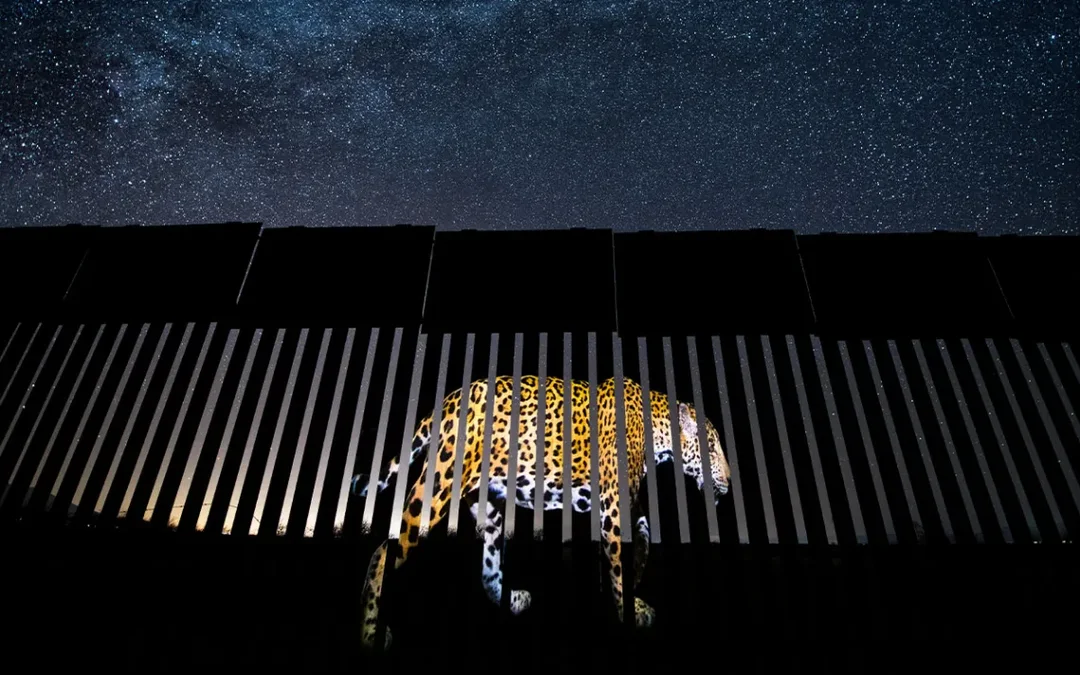
The New Border Wall: A Barrier to Biodiversity in Arizona
The San Rafael Valley, characterized by its vast grasslands and rugged mountainous terrain, serves as an essential wildlife corridor. According to Eamon Harrity, wildlife program manager for the Sky Island Alliance, animals such as mountain lions, bears, and bobcats currently roam freely through this landscape. "Large predators and other animals move freely through this landscape," Harrity states, emphasizing that once the wall is completed, such movement may be severely hindered. This migration pathway has been established for generations, allowing wildlife to traverse long distances in search of food, water, and mates.

The implications of sealing off this region are staggering. Wildlife studies indicate that existing barriers already severely restrict animal movement; one study showed that less than 10% of wildlife could cross a stretch of fencing. Creatures like jaguars, ocelots, and pronghorns, whose habitats span international borders, will find their critical migration paths cut off, amplifying their risk of extinction. Environmental advocates warn that bisecting the valley with a wall would result in catastrophic consequences for the local ecosystem.
Moreover, the construction of this wall invites further militarization of public lands, as the Trump administration plans to transfer large areas to military control. This development not only poses threats to wildlife but could also exacerbate human-wildlife conflicts as habitats become increasingly fragmented. As Harrity poignantly puts it, "The last thing we should be doing right now is walling off corridors and severing connectivity." The urgency of this issue cannot be overstated, especially as climate change brings about more severe weather patterns, stressing wildlife populations even further.
As the debate heats up, one has to wonder about the value we place on biodiversity. Are we willing to sacrifice iconic landscapes and the myriad of species that inhabit them for the sake of a border wall? The environmental consequences appear far-reaching, and solutions may lie not in barriers, but in fostering coexistence.
As we follow this story, we invite you to reflect on the importance of preserving wildlife corridors in our efforts for security and conservation. How might we better protect these vital habitats while addressing national security concerns? Share your thoughts in the comments below!